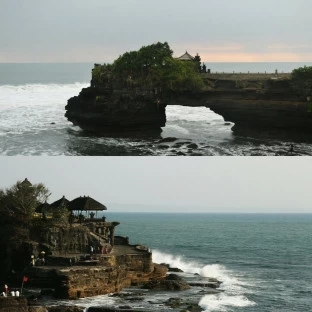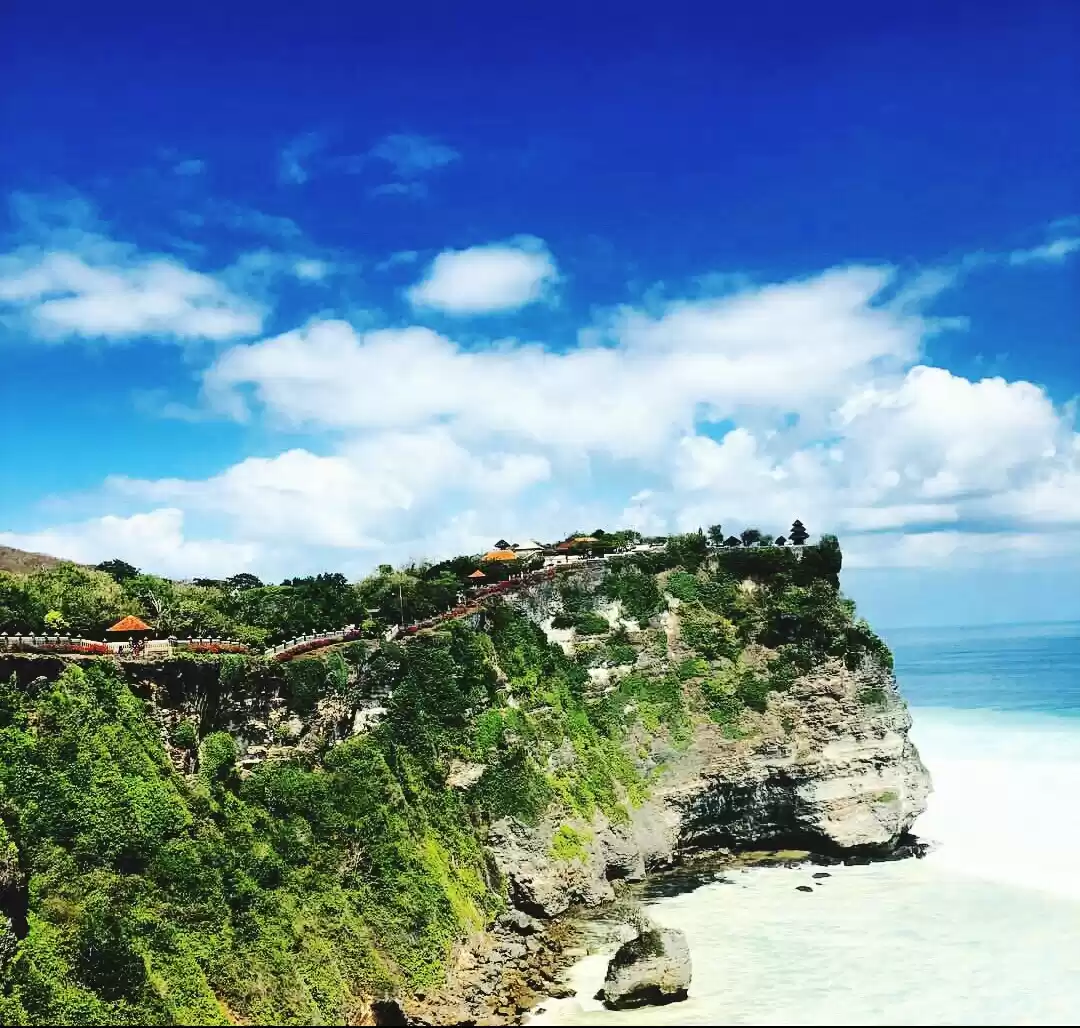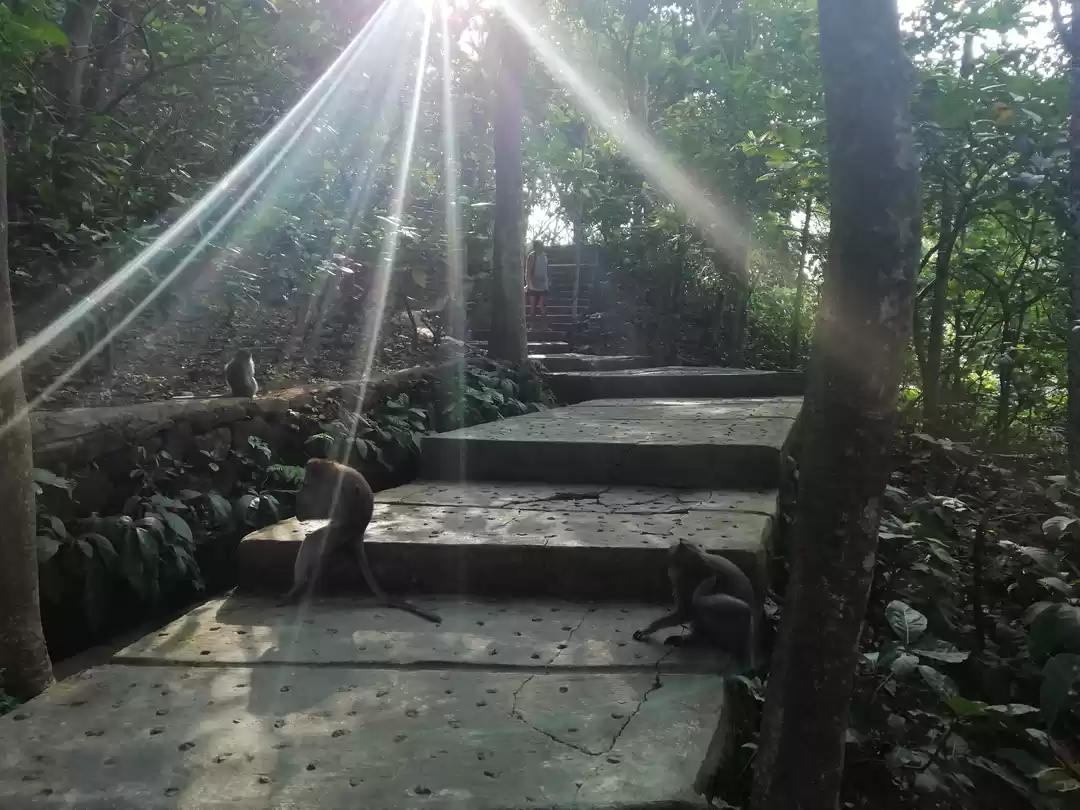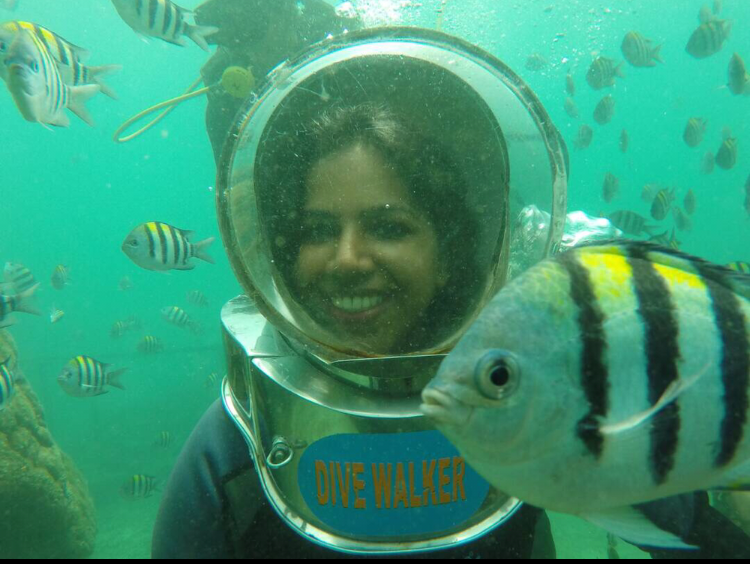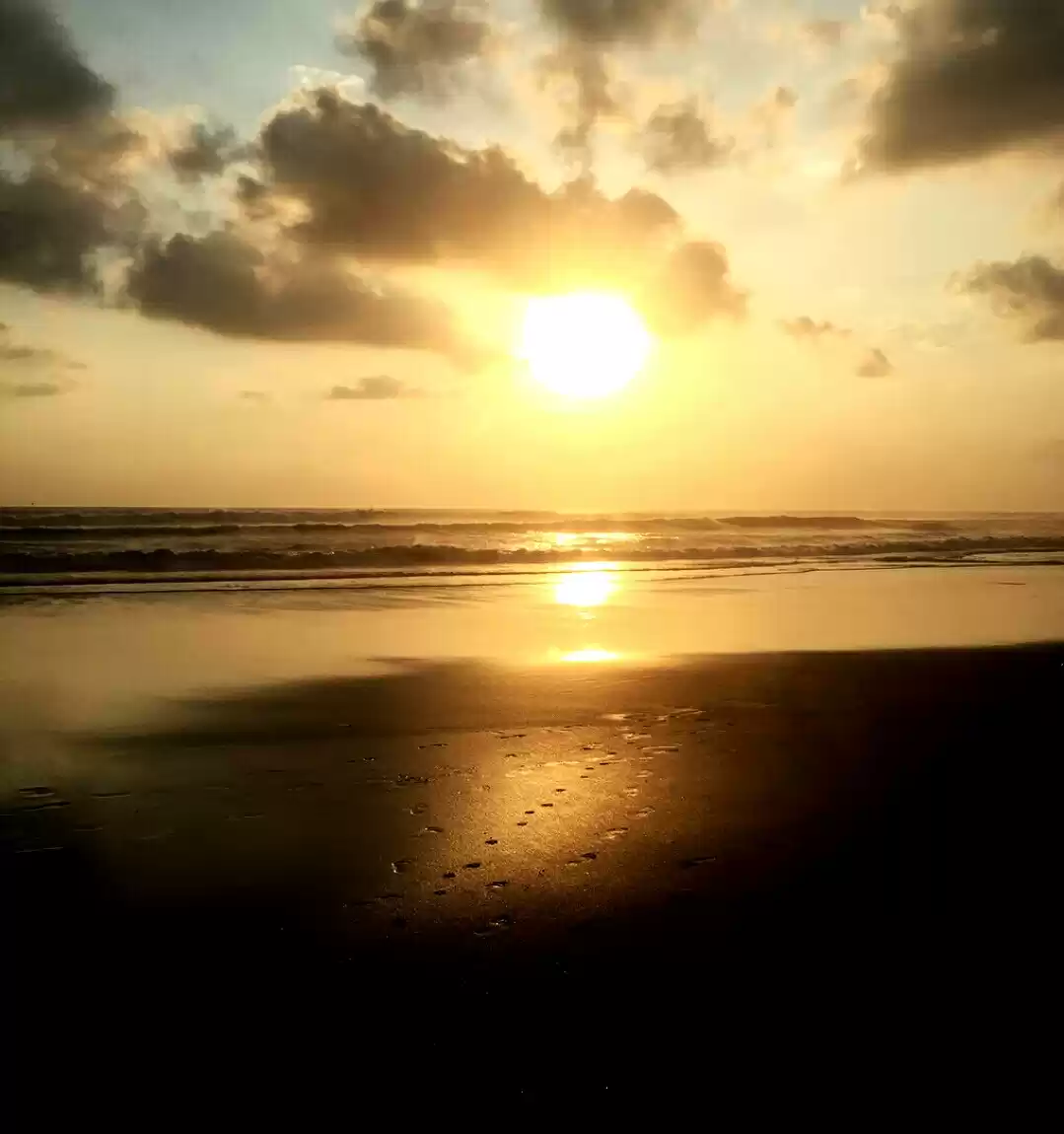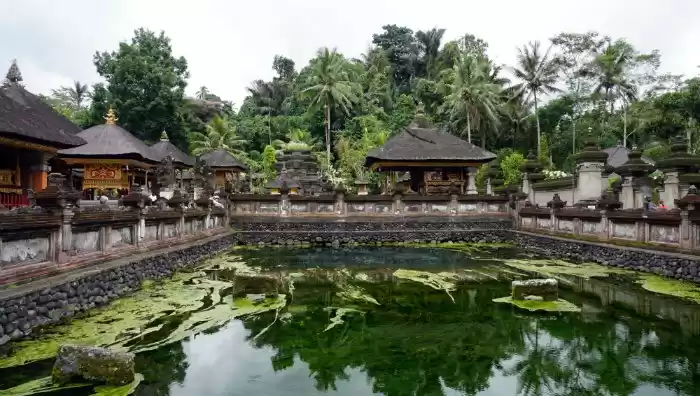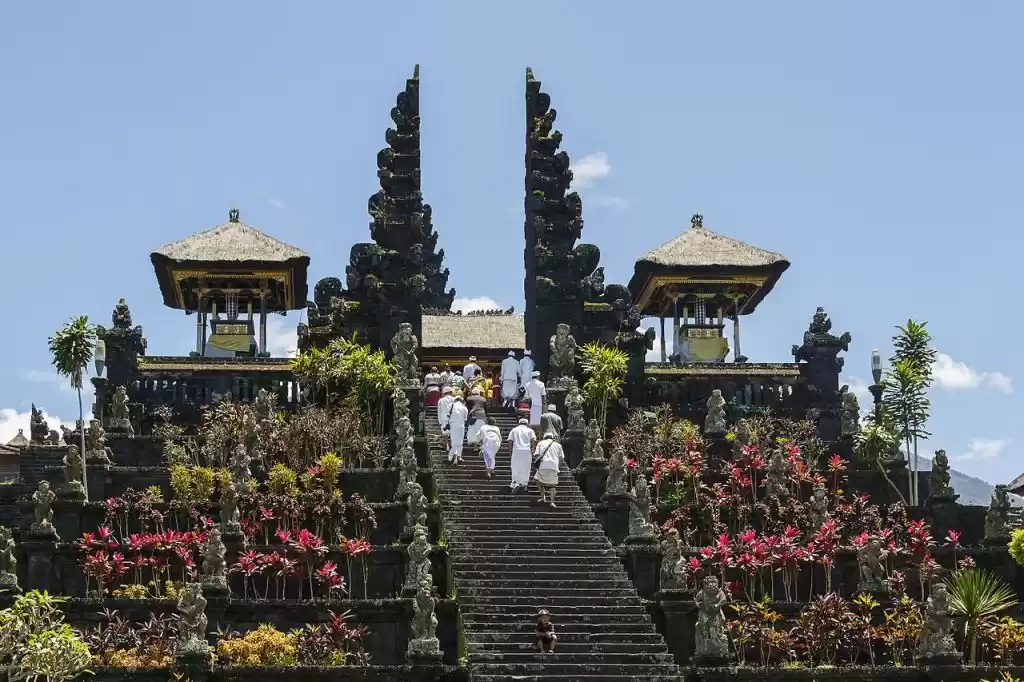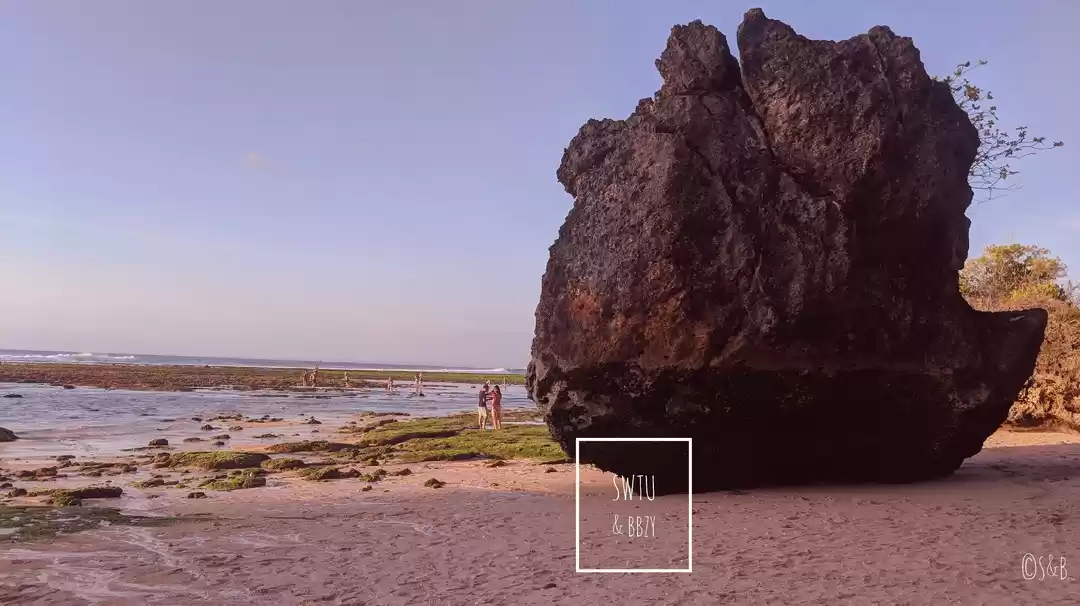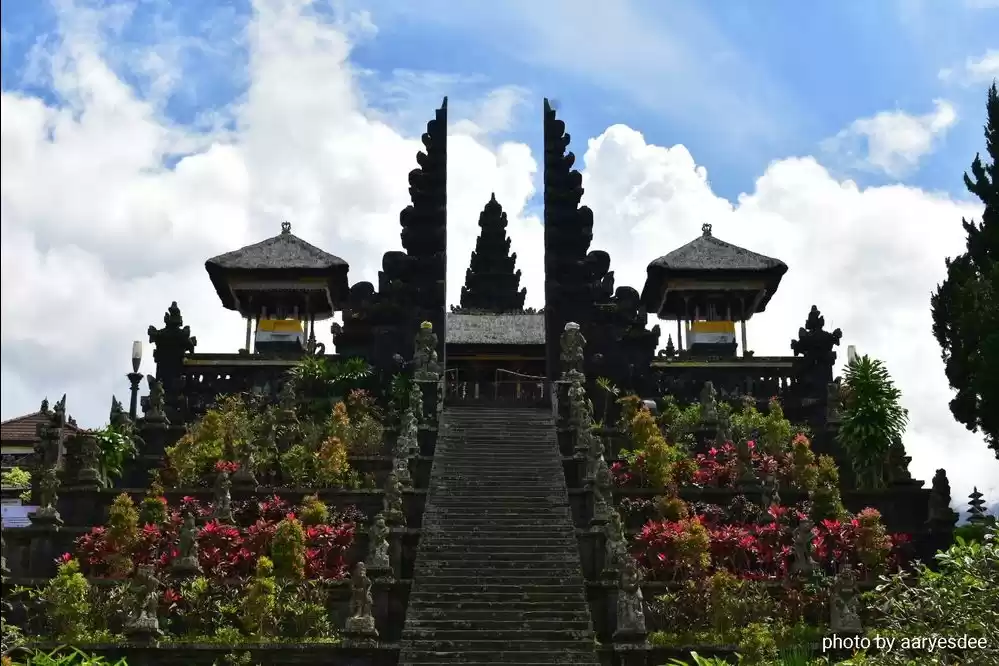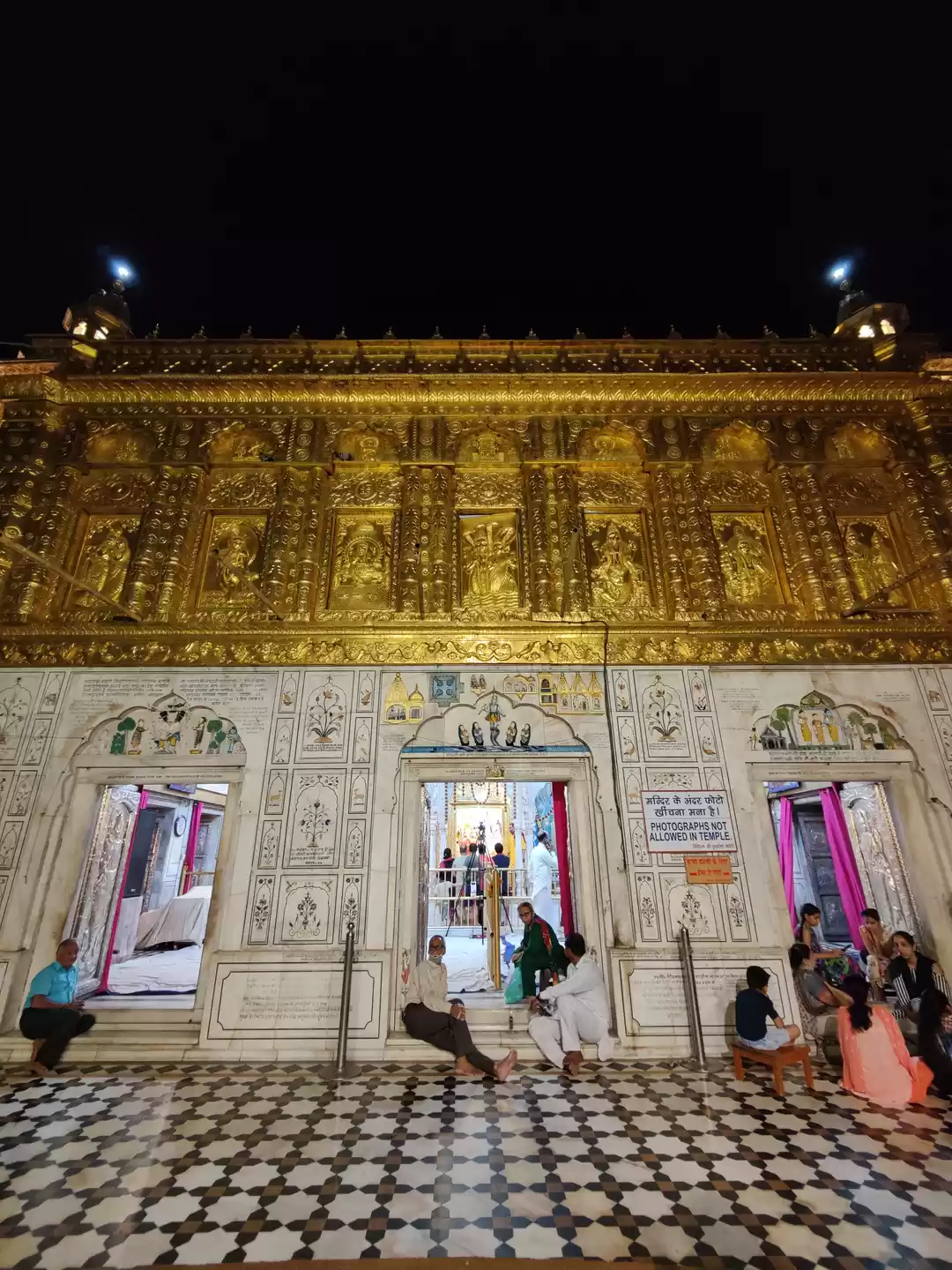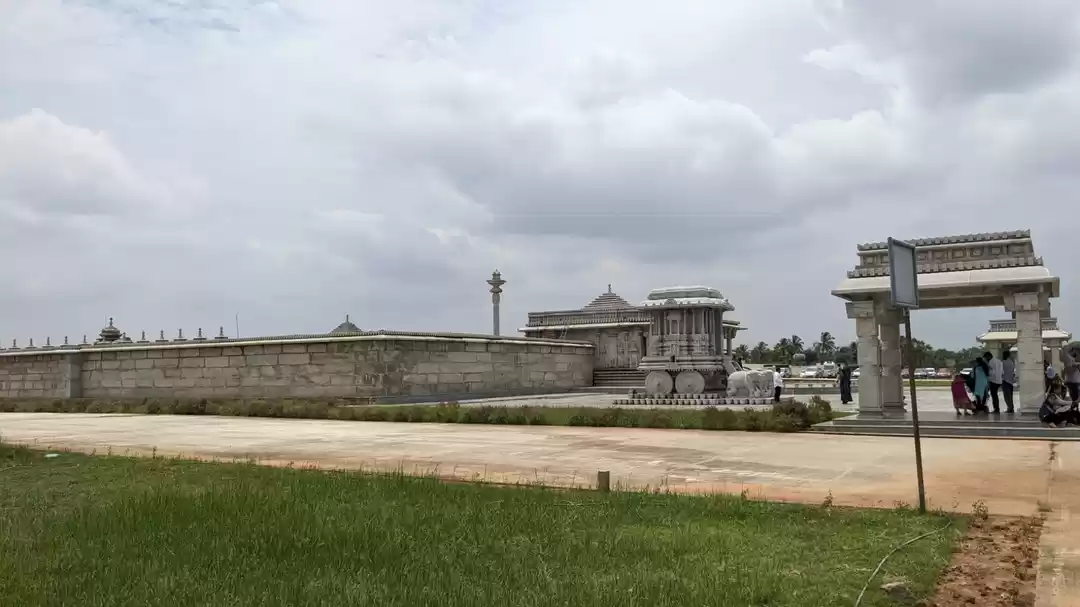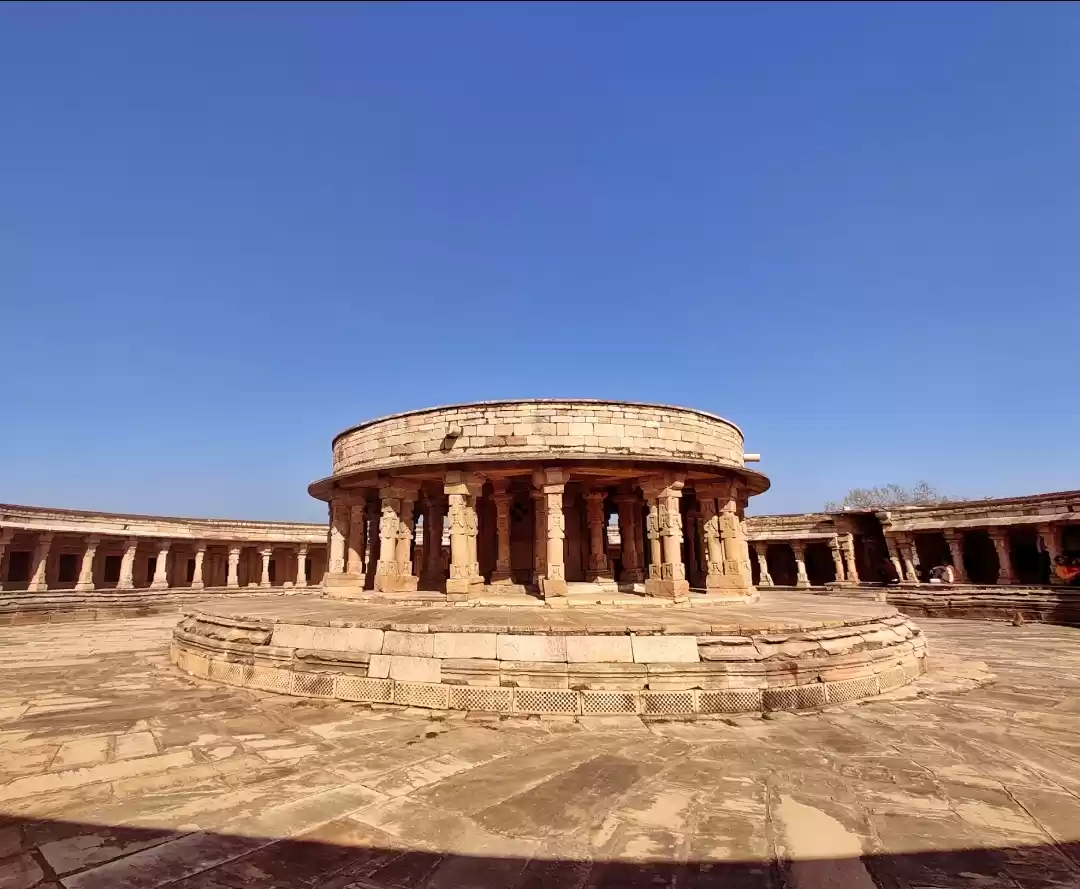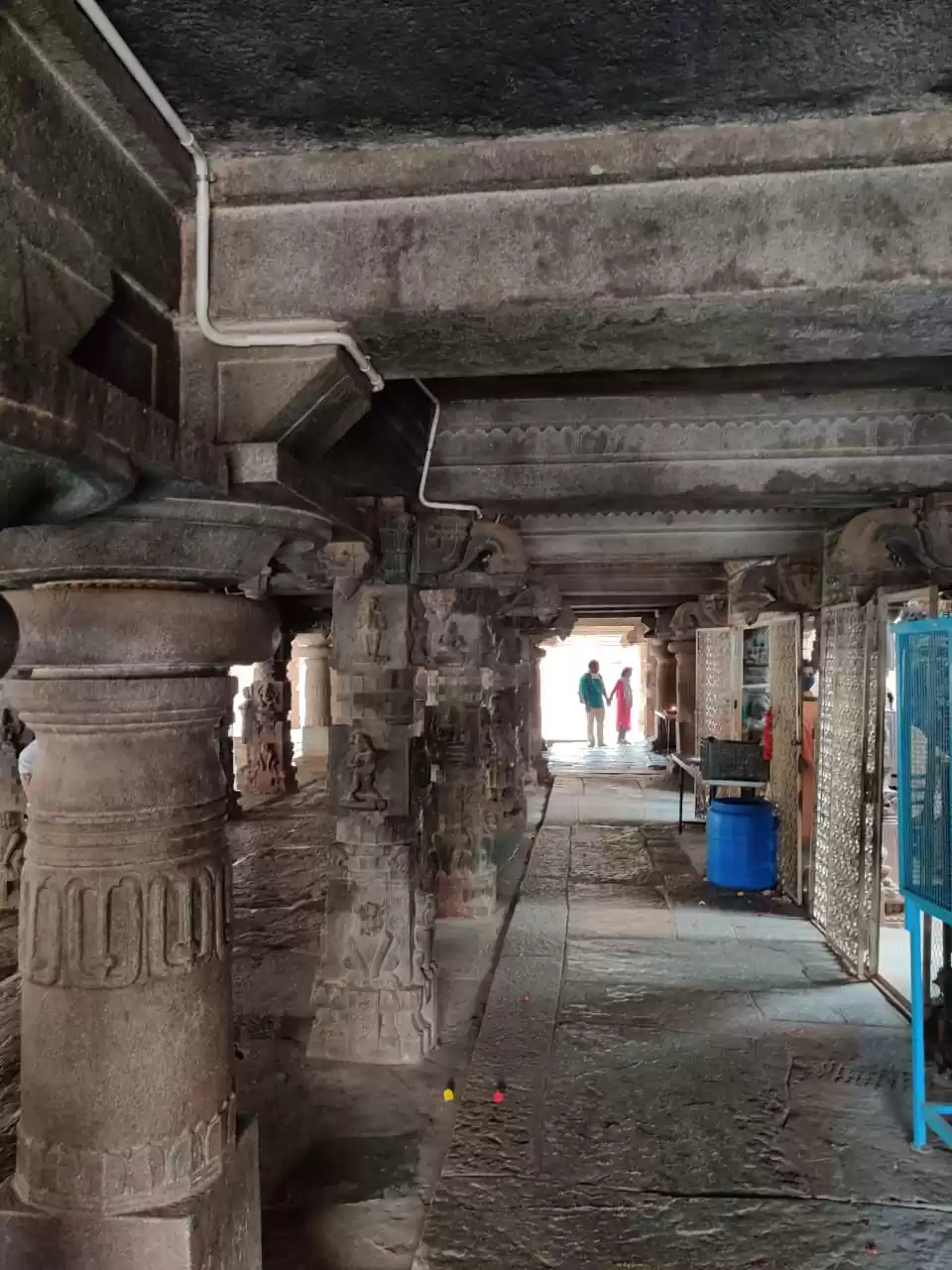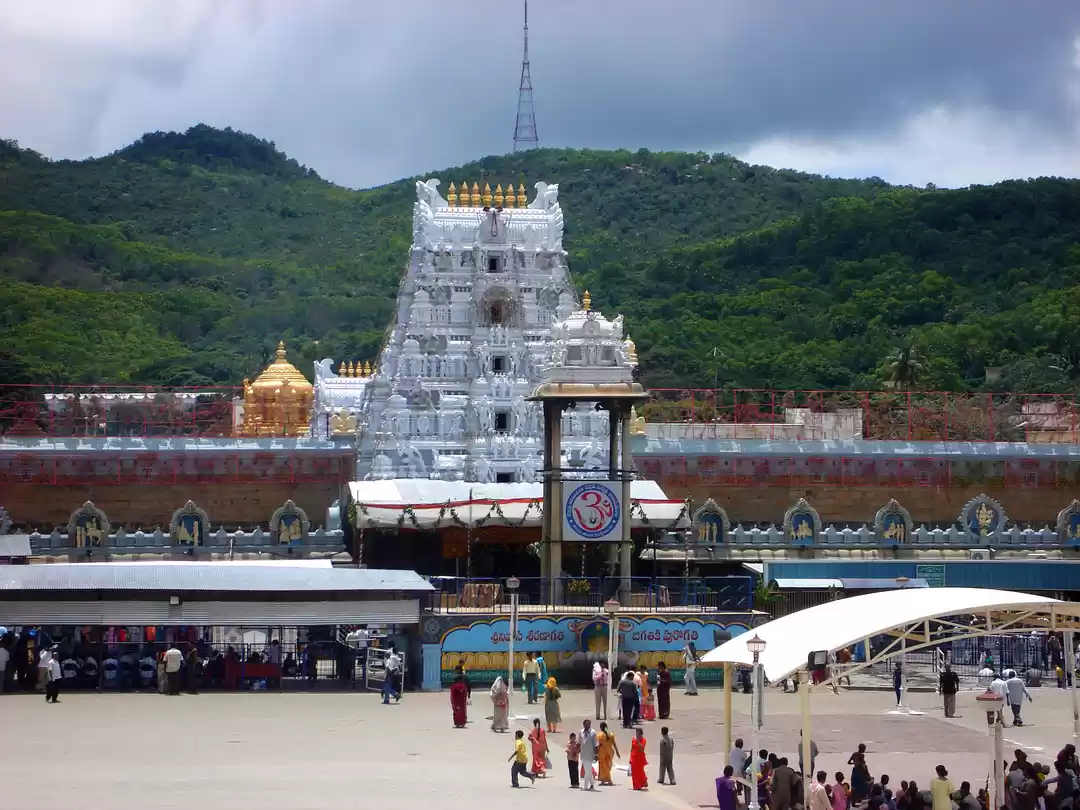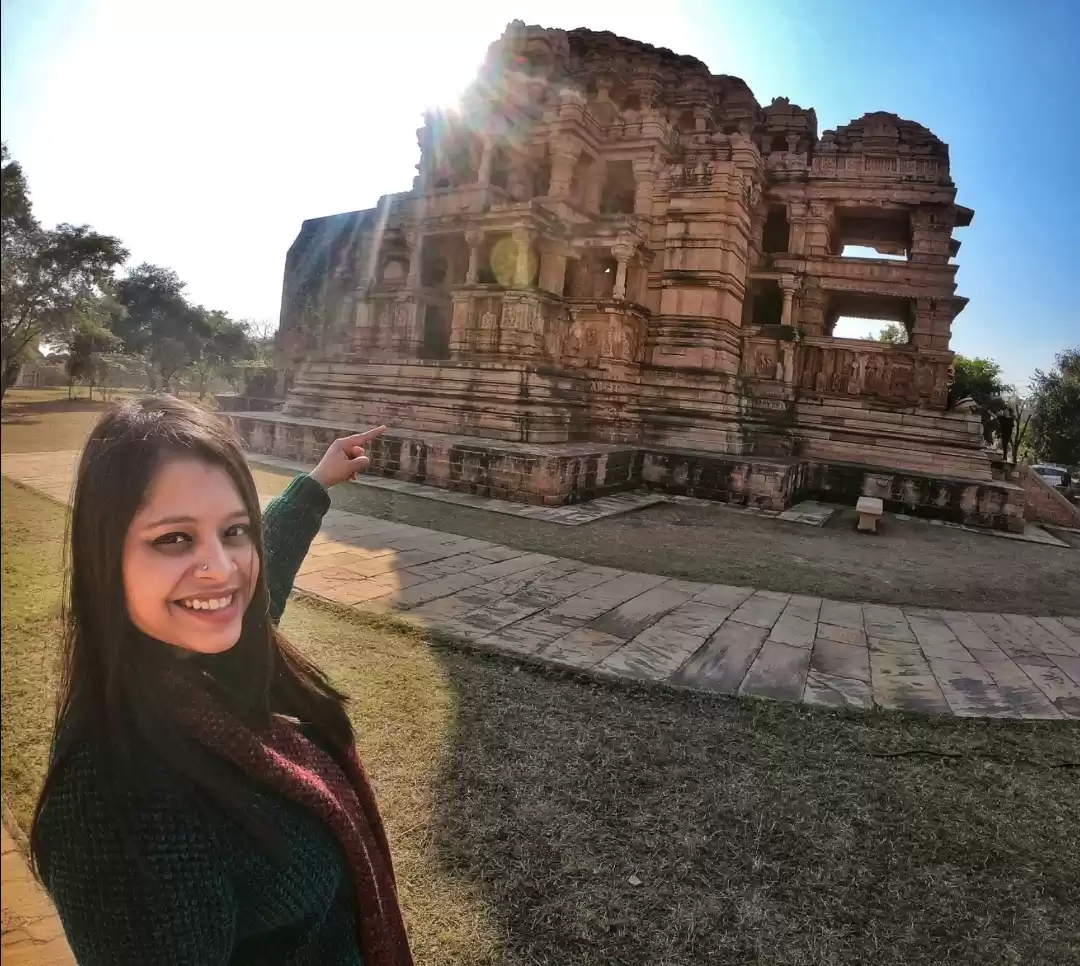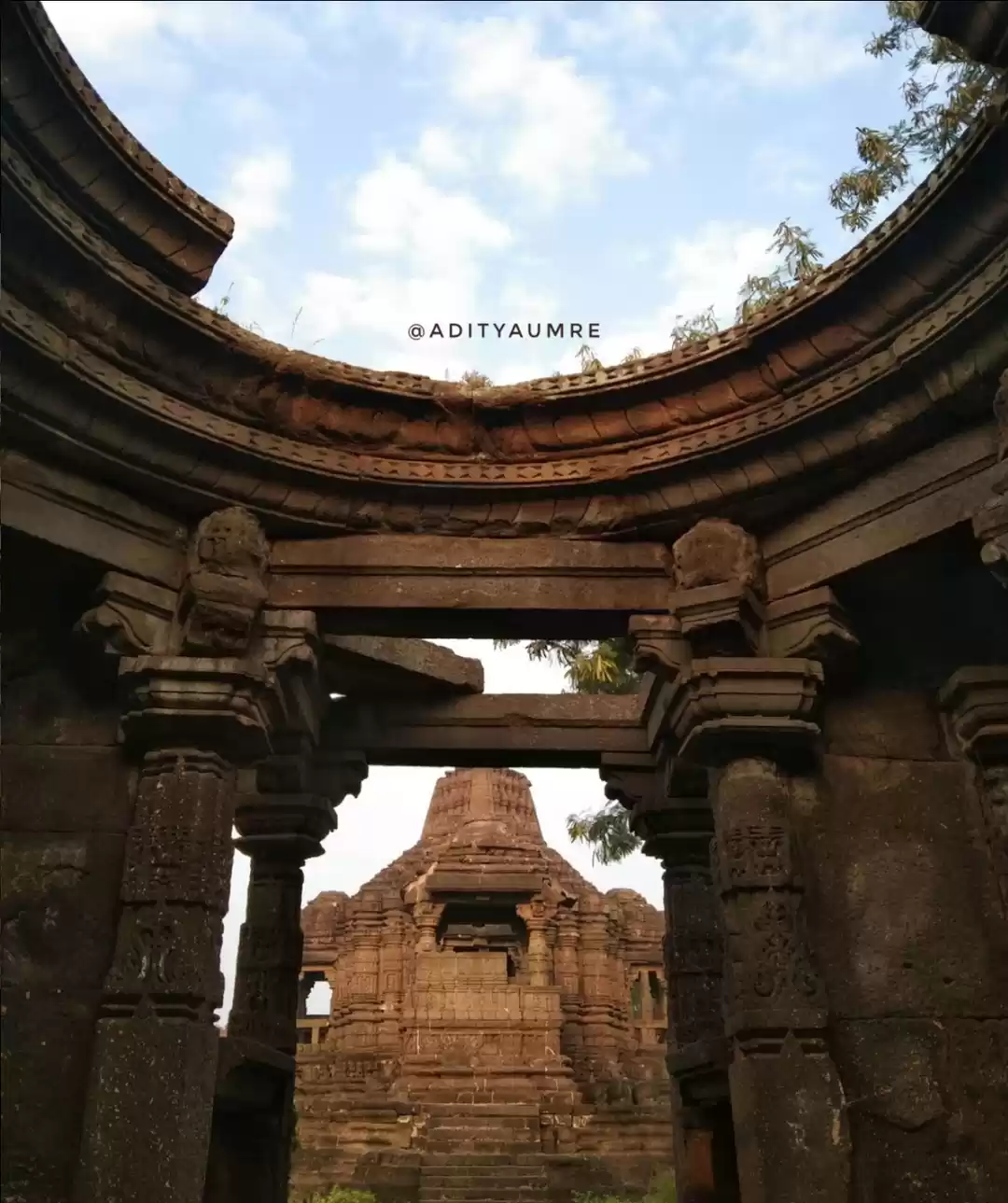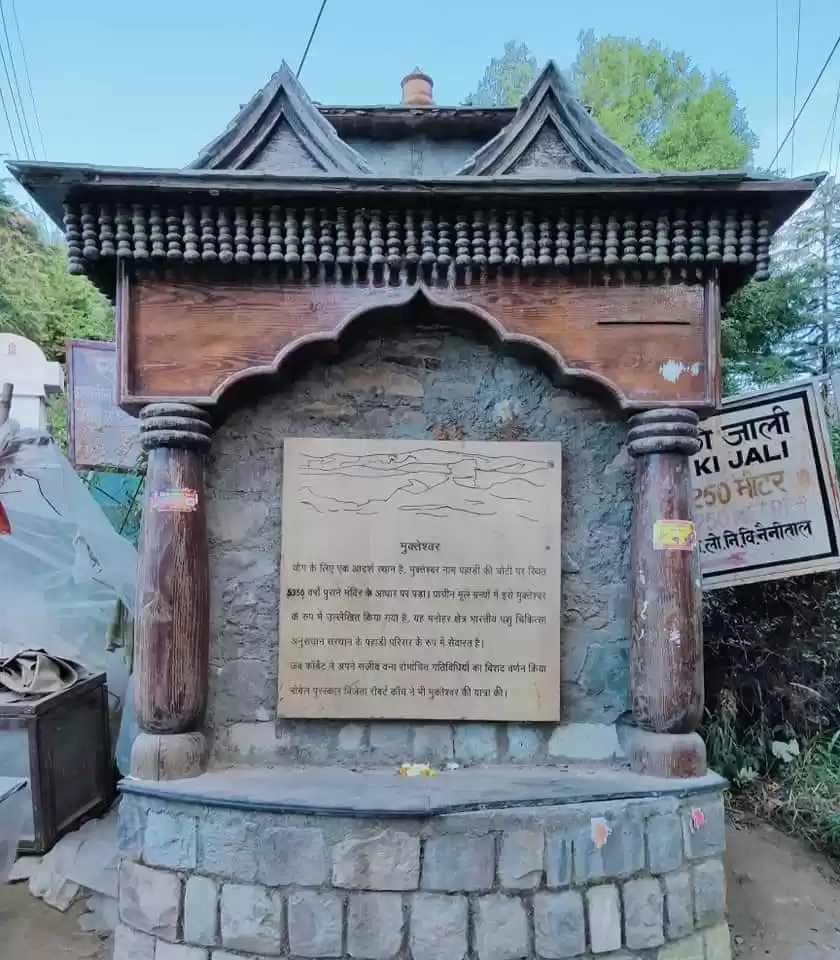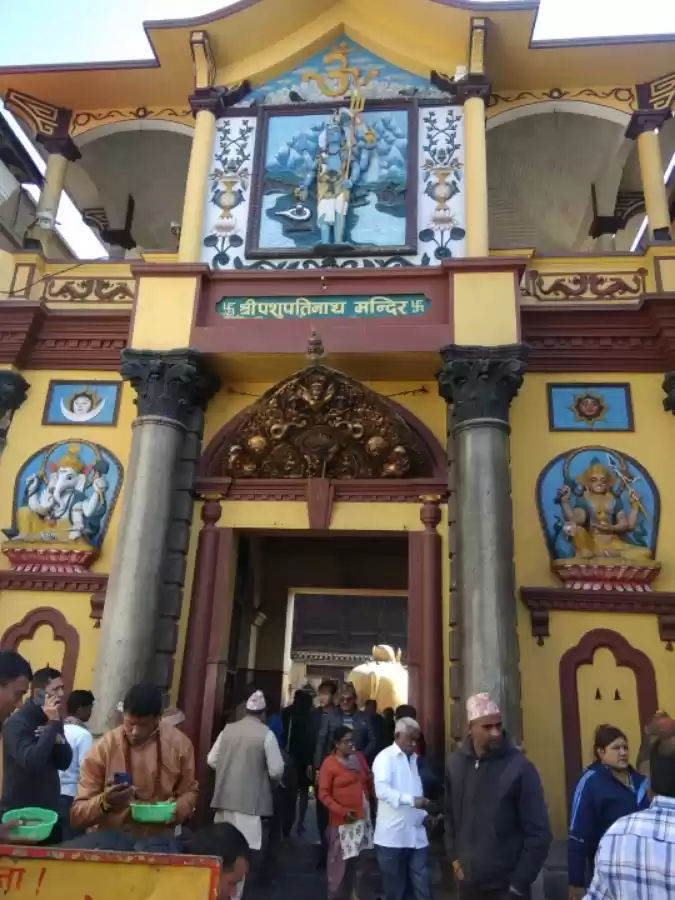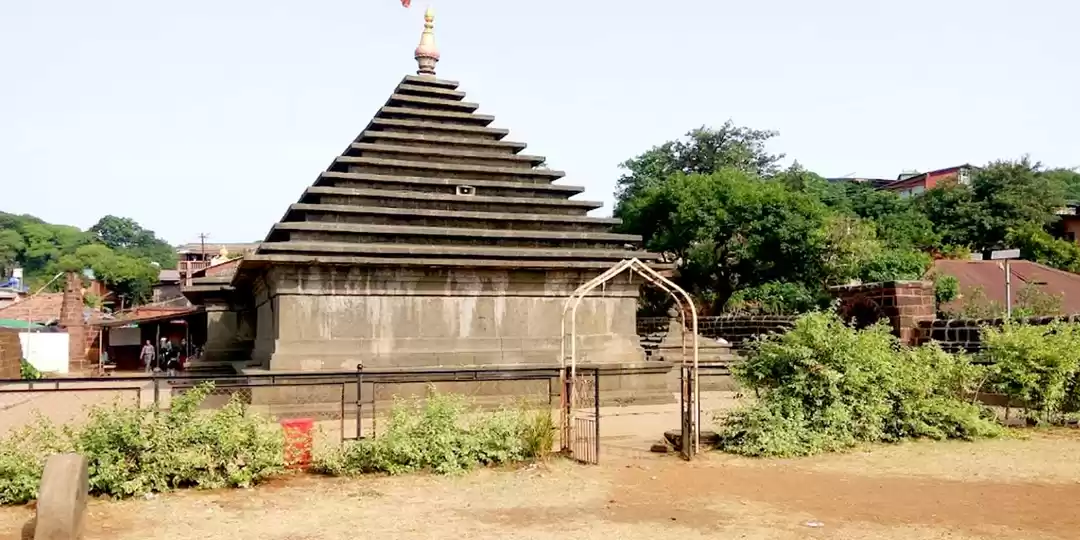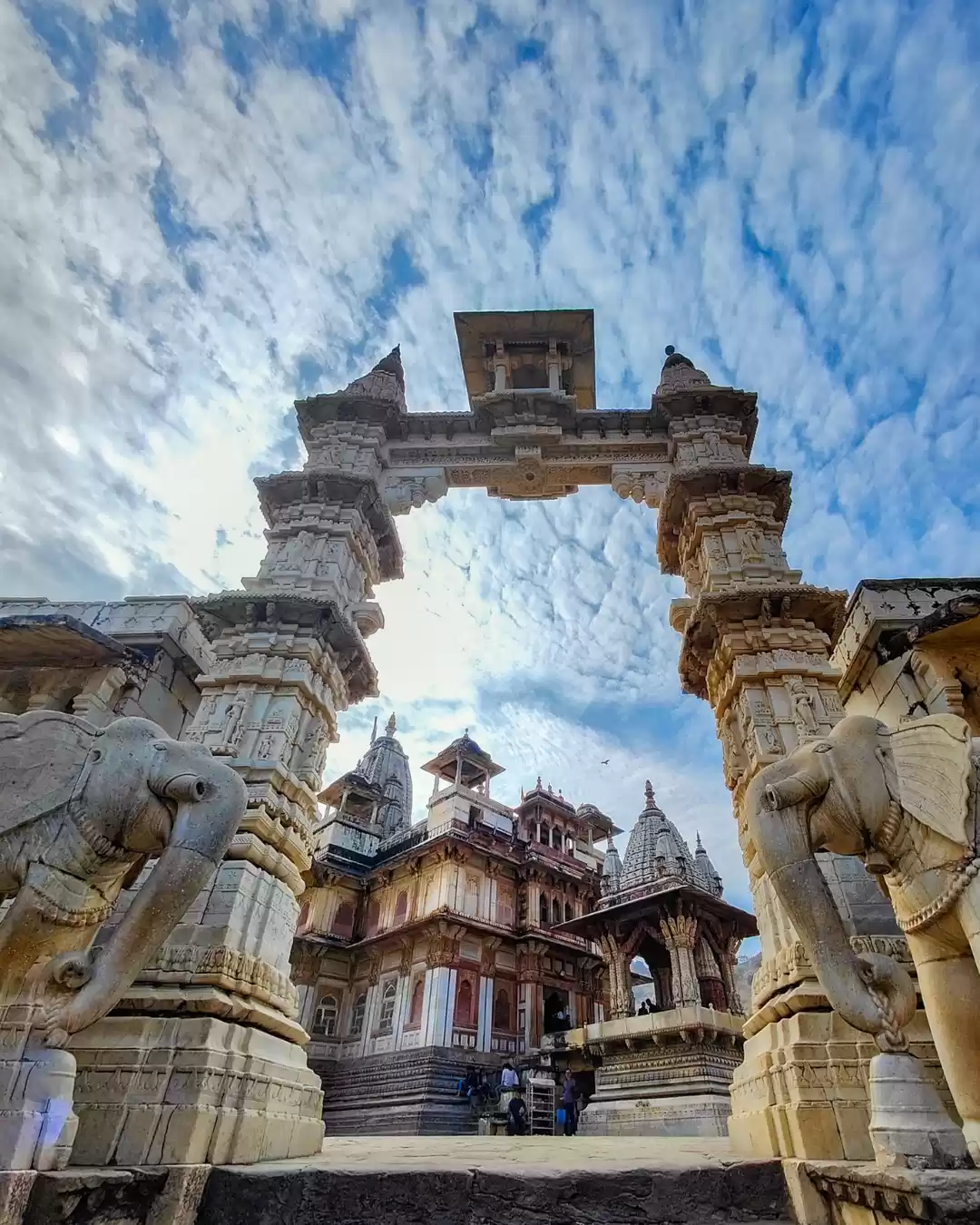If you are looking for a spiritual and cultural experience in Bali, you cannot miss the Besakih Temple, the largest and most revered temple complex on the island. Located on the slopes of Mount Agung, the Besakih Temple offers stunning views, fascinating history, and rich diversity of Balinese Hinduism. In this article, you will learn everything you need to know about visiting the Besakih Temple, from how to get there, what to see and do, what to know before you go, and the legend and history behind this amazing place.
How to Visit the Besakih Temple
The Besakih Temple is located in the village of Besakih, about 60 km from Denpasar, the capital city of Bali. You can reach the temple by various means of transportation, depending on your budget, time, and preference.
- By car:
The easiest and most comfortable way to visit the Besakih Temple is by car. You can either rent a car and drive yourself, or hire a driver and a guide who can take you there and explain the temple's significance and features. The drive from Denpasar takes about 2 hours, depending on the traffic and road conditions. The car rental fee ranges from $20 to $40 per day, while the driver and guide fee ranges from $50 to $100 per day.
- By motorbike:
If you are feeling adventurous and confident, you can also rent a motorbike and ride to the Besakih Temple. This gives you more flexibility and freedom to explore the temple and the surrounding areas at your own pace. However, you should be aware of the risks and challenges of riding a motorbike in Bali, such as the traffic, the weather, the terrain, and the local driving habits. The motorbike rental fee ranges from $5 to $10 per day, and you will also need to pay for the fuel and the parking fee.
- By bus:
The cheapest but least convenient way to visit the Besakih Temple is by bus. You will need to take a bus from Denpasar to Klungkung, and then another bus from Klungkung to Besakih. The bus fare is about $1 per person, per trip. However, the buses are often crowded, slow, and irregular, and you may have to wait for a long time or change buses several times. The bus journey from Denpasar to Besakih takes about 4 hours, depending on the availability and schedule of the buses.
No matter which mode of transportation you choose, you should always have a travel insurance when visiting Bali, as accidents and emergencies can happen anytime and anywhere. A travel insurance can cover your medical expenses, lost or stolen belongings, trip cancellation or interruption, and other unforeseen events. You can compare and choose the best travel insurance for your needs and budget online, or consult your travel agent or provider.
What to See and Do at the Besakih Temple
The Besakih Temple is not just one temple, but a complex of more than 80 temples and shrines, each dedicated to a different aspect of Balinese Hinduism. The complex is divided into three main areas, representing the three main gods of Hinduism: Brahma (the creator), Vishnu (the preserver), and Shiva (the destroyer). The most important and central temple is the Pura Penataran Agung, which is dedicated to Shiva and his consort Parvati.
The other main temples are the Pura Pasimpangan, which is dedicated to Brahma and his consort Saraswati, and the Pura Pangubengan, which is dedicated to Vishnu and his consort Lakshmi. The other smaller temples and shrines are dedicated to various deities, ancestors, clans, and ceremonies.
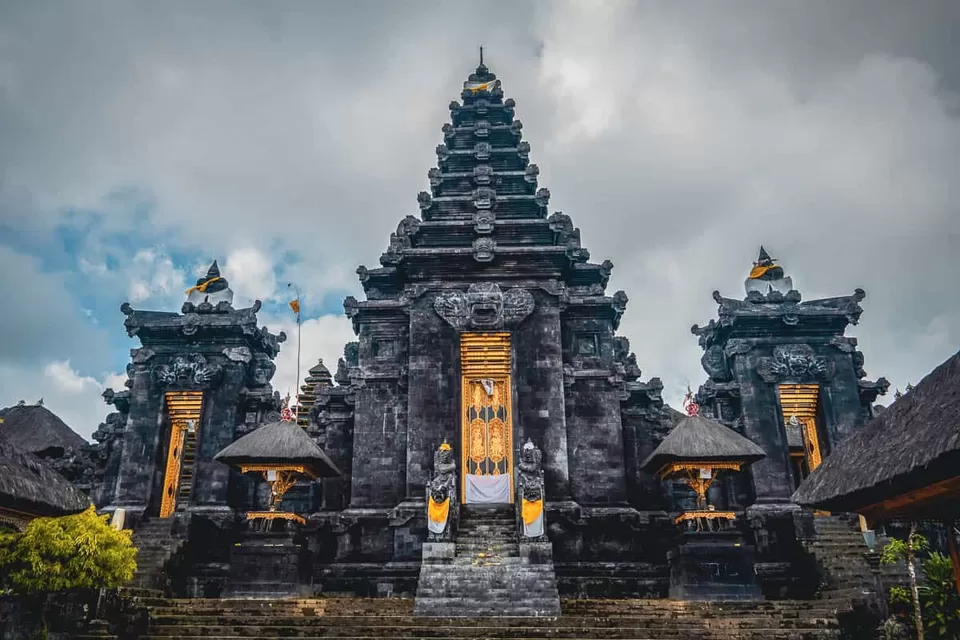
There are many things to see and do at the Besakih Temple complex, depending on your interest and time. Here are some of the highlights and features that you should not miss:
- Pura Penataran Agung:
This is the largest and most sacred temple in the complex, and the main destination for pilgrims and visitors. The temple has six levels, each with a different function and symbolism. The lowest level is the entrance gate, which is guarded by two statues of Nandi, the bull mount of Shiva. The second level is the courtyard, where you can see various shrines, pavilions, and offerings. The third level is the main hall, where you can see the main shrine of Shiva and Parvati, as well as the shrines of other gods and goddesses. The fourth level is the inner sanctum, where only priests and devotees can enter. The fifth level is the upper terrace, where you can see the meru, the multi-tiered roof that represents the cosmic mountain. The sixth level is the summit, where you can see the lotus throne, the symbol of Shiva's power and authority.
- Pura Pasimpangan:
This is the temple dedicated to Brahma and Saraswati, located on the right side of the Pura Penataran Agung. The temple has a similar structure and layout as the Pura Penataran Agung, but with fewer levels and shrines. The temple is also known for its beautiful carvings and sculptures, depicting scenes from the Hindu epics and legends.
- Pura Pangubengan:
This is the temple dedicated to Vishnu and Lakshmi, located on the left side of the Pura Penataran Agung. The temple has a similar structure and layout as the Pura Penataran Agung, but with fewer levels and shrines. The temple is also known for its stunning views of the Mount Agung and the surrounding landscape, as it is situated on a higher elevation than the other temples.
- Pura Batu Madeg:
This is the temple dedicated to the god of the north, located on the north side of the Pura Penataran Agung. The temple is named after the large stone (batu) that is believed to be the first stone that was used to build the Besakih Temple. The temple is also known for its sacred spring, where pilgrims and visitors can purify themselves before entering the temple complex.
- Pura Kiduling Kreteg:
This is the temple dedicated to the god of the south, located on the south side of the Pura Penataran Agung. The temple is named after the bridge (kreteg) that connects the temple with the Pura Penataran Agung. The temple is also known for its unique architecture, which resembles a ship (kidul).
Besides visiting the main and smaller temples, you can also enjoy the following activities and experiences at the Besakih Temple complex:
- Witness the ceremonies and rituals: The Besakih Temple is the site of many ceremonies and rituals throughout the year, especially during the full moon and the new moon. You can witness the colorful and festive processions, offerings, prayers, dances, and music that are performed by the priests and the devotees. You can also join the ceremonies and rituals, if you are invited and follow the rules and etiquette.
- Explore the surrounding areas: The Besakih Temple is surrounded by lush greenery, rice terraces, forests, and hills. You can explore the natural beauty and diversity of the area by walking, hiking, cycling, or riding a horse. You can also visit some of the nearby attractions, such as the Bali Aga Village, the Tirta Gangga Water Palace, the Sidemen Village, and the Mount Batur Volcano.
- Shop and eat: The Besakih Temple complex has a number of shops and stalls, where you can buy souvenirs, handicrafts, clothes, and snacks. You can also find some restaurants and cafes, where you can taste the local cuisine, such as nasi campur, sate lilit, lawar, and babi guling.
What to Know Before Visiting the Besakih Temple
Before you visit the Besakih Temple, you should know some practical information and advice that can make your trip easier and more enjoyable. Here are some of the things that you should know before you go:
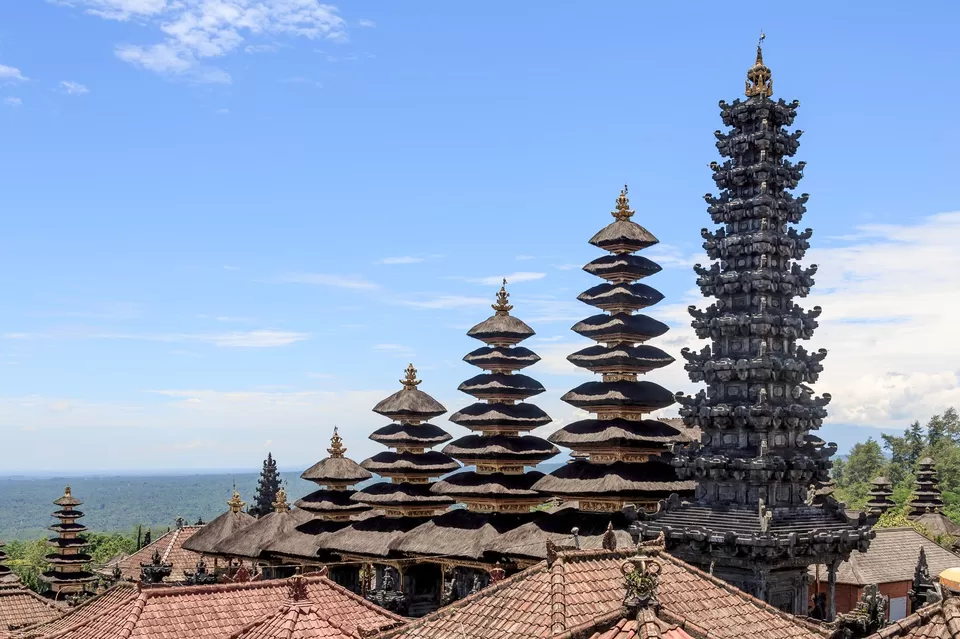
- Entrance fee:
The entrance fee to the Besakih Temple complex is 60,000 rupiah (about $4) per person, which includes a sarong and a sash that you need to wear inside the temple. You can also rent a locker for 10,000 rupiah (about $0.7) to store your belongings. You will need to pay the entrance fee at the ticket booth near the parking area, and show your ticket at the entrance gate.
- Opening hours:
The Besakih Temple complex is open from 8 am to 5 pm every day, except during special ceremonies and rituals, when the opening hours may vary. You should check the schedule and availability of the temple before you plan your visit, as some temples may be closed or restricted for certain occasions.
- Dress code:
The Besakih Temple is a sacred and holy place, and you should dress and behave accordingly. You should wear modest and respectful clothing, covering your shoulders, chest, and knees. You should also wear a sarong and a sash, which are provided at the entrance or can be rented or bought at the shops. You should also remove your shoes and hats before entering the temple, and avoid touching or disturbing the shrines, offerings, or statues.
Guides:
The Besakih Temple complex is very large and complex, and you may benefit from hiring a guide who can explain the temple’s history, culture, and significance. You can find many guides at the entrance or the parking area, who will offer their services for a fee. However, you should be careful and selective when choosing a guide, as some of them may be unlicensed, unprofessional, or overpriced. You should always negotiate the price and duration of the tour before you agree, and ask for their credentials and references. A reasonable price for a guide is about 100,000 rupiah (about $7) per hour, per group.
Scams:
The Besakih Temple complex is also notorious for its scams and touts, who may try to rip you off or hassle you in various ways. Some of the common scams and touts are:
Fake entrance fee: Some people may try to charge you an extra or higher entrance fee than the official one, claiming that it is for a special ceremony or donation. You should always pay the entrance fee only at the ticket booth, and keep your ticket with you at all times.
Fake guides: Some people may try to pose as guides, and follow you around the temple, giving you unsolicited information or advice. They may then demand a large tip or fee for their service, or take you to their shops or stalls. You should always decline their offer politely, and hire a guide only from the entrance or the parking area.
Fake donations: Some people may try to solicit donations from you, claiming that it is for the temple maintenance, the priests, or the poor. They may show you a fake receipt or certificate, or pressure you to give a certain amount. You should always refuse their request firmly, and donate only if you want to, and only at the official donation boxes inside the temple.
Fake merchandise: Some people may try to sell you souvenirs, handicrafts, clothes, or snacks, claiming that they are authentic, handmade, or organic. They may also inflate the price or give you a fake discount. You should always bargain and compare the prices and quality of the products, and buy only from the reputable shops and stalls.
Etiquette:
The Besakih Temple is a sacred and holy place, and you should respect the local culture and religion, and avoid any offensive or inappropriate behavior. Some of the etiquette rules that you should follow are:
Do not enter the temple if you are menstruating, pregnant, or have an open wound, as you are considered impure and unclean.
Do not enter the temple if you are in mourning, or have attended a funeral within the past six days, as you are considered unlucky and inauspicious.
Do not point your feet or your back towards the shrines, statues, or offerings, as this is considered disrespectful and rude.
Do not take pictures or videos of the ceremonies, rituals, or priests, without their permission, as this is considered intrusive and disruptive.
Do not touch or disturb the monkeys, dogs, or other animals that live in or around the temple, as they may bite or scratch you, or steal your belongings.
The Legend and History of the Besakih Temple
The Besakih Temple is not only a magnificent and spectacular place, but also a place of legend and history, that reflects the Balinese people and their beliefs. The Besakih Temple has a long and rich history, dating back to more than a thousand years ago, and has witnessed many events and incidents that shaped its destiny and character.
According to the legend, the Besakih Temple was founded by a sage named Rsi Markandeya, who came from Java to Bali in the 8th century CE. He was instructed by the god Shiva to spread Hinduism and civilization in Bali, and to build a temple on the slopes of Mount Agung. He brought with him a group of followers, who carried a sacred flame and a sacred stone. When they reached the site of the Besakih Temple, they encountered a dragon named Naga Besukian, who guarded the mountain. The dragon tried to stop them from building the temple, but Rsi Markandeya managed to tame the dragon and make him the protector of the temple. The dragon then gave his name to the temple, which means “the dragon of salvation”. The sacred flame and the sacred stone were then used to build the first temple, the Pura Batu Madeg, which is still standing today.
The Besakih Temple has also survived and thrived through many historical and cultural changes, such as the rise and fall of the Majapahit Empire, the arrival and influence of Islam and Christianity, the colonization and independence of Indonesia, and the development and modernization of Bali. The Besakih Temple has also endured and overcome many natural disasters, such as earthquakes, landslides, floods, and volcanic eruptions. The most notable and miraculous event was the eruption of Mount Agung in 1963, which destroyed many villages and temples, but spared the Besakih Temple, which was only covered by a thin layer of ash. Many people believe that this was a sign of the divine power and protection of the Besakih Temple, and a reminder of its importance and sacredness.
The Besakih Temple is not only a place of worship, but also a place of culture and society, where the Balinese people express and celebrate their identity and diversity. The Besakih Temple is the center of many ceremonies and festivals, such as the Panca Wali Krama, the Eka Dasa Rudra, the Galungan, and the Kuningan, which are held every year or every decade, depending on the Balinese calendar. These ceremonies and festivals involve thousands of people, who come from different regions, clans, castes, and backgrounds, to pray, offer, dance, and sing together, in harmony and unity. The Besakih Temple is also a place of learning and wisdom, where the Balinese people preserve and transmit their knowledge and values, such as the Tri Hita Karana, the concept of balance and harmony between humans, nature, and gods.
The Besakih Temple is a must-see attraction for anyone who visits Bali, as it offers a unique and unforgettable experience of the island’s spirituality and culture. The Besakih Temple is more than just a temple, it is a living and breathing entity, that reflects the past, present, and future of the Balinese people and their beliefs. Whether you are a religious or a secular person, you will find something to admire and appreciate at the Besakih Temple, from its beauty and diversity, to its history and legend, to its ceremonies and rituals. The Besakih Temple is a place that will touch your soul and inspire your mind, and make you fall in love with Bali even more.
We hope that this article has given you a comprehensive and informative guide to the Besakih Temple, and that you have enjoyed reading it as much as we have enjoyed writing it. If you have any thoughts, experiences, or questions about the Besakih Temple, please feel free to share them with us in the comments section below. We would love to hear from you and learn from you. And if you are planning to visit the Besakih Temple, we wish you a safe and wonderful trip, and we hope that you will have an amazing time at Bali’s Mother Temple.
Thank you for your time and attention, and please check out some of our other articles and resources about Bali and its attractions. You can also follow us on social media, and subscribe to our newsletter, to get the latest updates and tips on traveling to Bali and beyond. Happy travels!



















